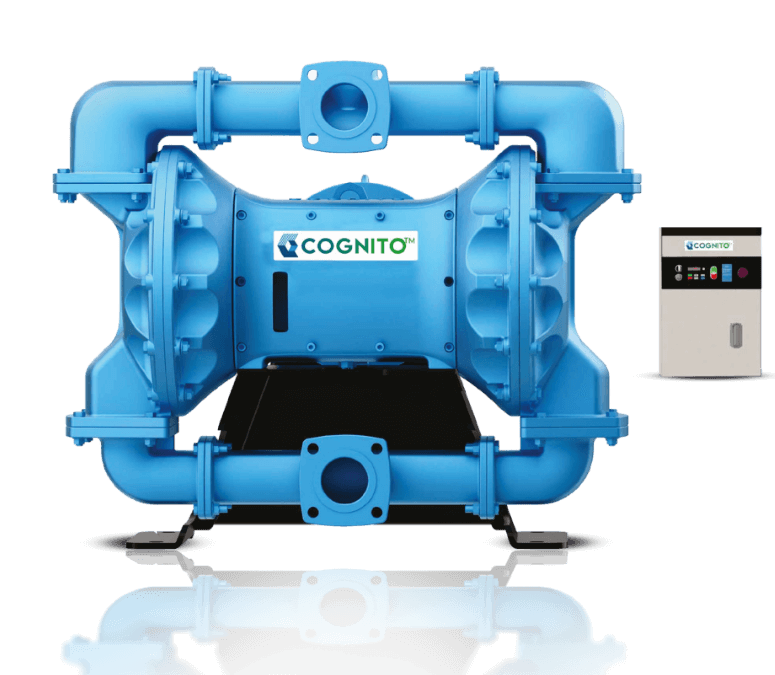Why We Need Hammer Milling for Chemical Industry
 |
Why We Need Hammer Milling for Chemical Industry
Hammer milling is an
energy-intensive process utilized for particle size reduction through the
impactful action of rapidly moving hammers. The primary function of a hammer
mill is to shred or crush aggregate material into smaller pieces, which is
achieved by the repetitive blows of small hammers. Widely applied in various
industrial settings, including ethanol plants for grains, farm machinery for
milling coarse flour for livestock feed, defibering fluff pulp, fruit juice
production, and more, these machines offer versatility in their applications.
In the chemical industry, hammer milling
assumes a pivotal role by expediting the dissolution process. The effectiveness
arises from the faster dissolution of smaller particles, making hammer mills
instrumental in achieving rapid formulation. These mills contribute to the
thorough mixing of solid, dry, and fibrous materials post-grinding or milling.
This mixing precision is particularly vital in the chemical sector, where
accurate dosages are imperative. Hammer milling facilitates the
reduction of active ingredients in substances, a critical step in manufacturing
various chemical products.
What Are the Key Components and Working Principles of Hammer
Milling?
A hammer mill comprises several integral components that
collaboratively contribute to its operation. Together, these components form a
cohesive system, facilitating the effective milling and processing of diverse
materials. The key components of a hammer mill are:
·
Hopper: This is where the material to be
milled is introduced.
·
Rotor: This is a high-speed disc attached
to a horizontal shaft, to which the hammers are attached.
·
Hammers: These are usually made of hardened
steel or stainless steel and are attached to the rotor disk. They can be in two
shapes: bar-shaped or stirrup-shaped.
·
Casing: This is a hard casing in which the
rotor and hammers are enclosed.
·
Screen: This is fitted at the bottom of
the mill, which retains coarse materials while allowing the properly sized
materials to pass as finished products.
The working principle of a hammer mill is based on simple
mechanics. The process involves the following steps:
1. The
material is fed into the mill from the top of the casing.
2. The
hammers, which are attached to a rotating shaft, move at a high speed. As they
move, they swing out radially and hit the material being fed into the mill.
3. The impact
of the hammers on the material causes the material to break down into smaller
particles.
4. These
smaller particles then pass through a screen at the bottom of the mill. The
size of the particles can be controlled by factors such as the feed rate, rotor
speed, clearance between the hammers and grinding plates, hit resistance, and
the size of the screen opening.
5. The process
continues until the particles are small enough to pass through the screen.
What is the purpose of using hammer mill in Chemical
Processing?
Hammer milling stands out
as a crucial process in chemical processing due to its multifaceted
contributions to particle size reduction. It enhances chemical compounds'
surface area, promoting higher dissolution rates and improved bioavailability,
a critical factor in the pharmaceutical sector for enhanced solubility and
bioavailability. The process ensures a uniform particle size, a key requirement
for various chemical processes, and can be finely controlled through factors such
as feed rate, rotor speed, clearance between hammers and grinding plates, hit
resistance, and screen opening size. Efficiency and speed are crucial in the
chemical industry, and hammer mills excel in these aspects, significantly
impacting productivity. Their versatility in handling a broad spectrum of
particle sizes adds to their appeal for diverse chemical processing
applications. Their high efficiency contributes to energy savings, a notable
advantage considering the substantial role of size reduction in global energy
consumption.
Hammer Milling In Chemical Manufacturing – The Advantages
Hammer milling
emerges as a highly advantageous method for enhancing efficiency and throughput
in chemical production, offering several key benefits. It stands out for its
cost-effectiveness, providing a low-energy operation that translates to
significant cost savings. The versatility of hammer mills is a notable asset,
capable of handling diverse feedstocks by adjusting screens of different sizes,
allowing for flexibility in milling requirements. With a high reduction ratio
and capacity, whether utilized for primary, secondary, or tertiary grinding,
hammer mills ensure substantial throughput crucial for efficient production
processes. Their space-efficiency, easy installation, dismantling, and cleaning
further contribute to their appeal in areas with spatial constraints. The high
angular velocity grinding and crushing capacity of hammer mills, coupled with
the generation of uniform particle sizes; make them particularly valuable in
the chemical industry, where precise dosage and consistency are paramount.
These advantages establish hammer milling as a favored choice across various
industries, notably chemical production.
World’s Leading Hammer Milling Solutions from Idex
Idex India offers a range of trusted and high-quality milling
equipment, playing a pivotal role in ensuring that industries across India have
access to cutting-edge solutions that enhance their manufacturing processes and
product quality. They provide Quadro Fitzpatrick Hammer milling solution for powder
processing, particle processing, and size reduction equipment. Fitzpatrick
Hammer Mill solutions are a popular choice in various industries, including
pharmaceutical, food processing, cosmetic, and construction sectors.
Conclusion
Hammer milling proves to be an indispensable process in the chemical industry, playing a crucial role in particle size reduction and enhancing various aspects of chemical processing. The key components and working principles of hammer mills, coupled with their ability to efficiently reduce particle sizes, make them versatile and highly effective tools in the manufacturing of chemical products. By promoting faster dissolution rates, improving bioavailability, and ensuring uniform particle sizes, hammer milling significantly contributes to the quality and efficiency of chemical processes. The advantages of cost-effectiveness, versatility, high throughput, and space efficiency further solidify the position of hammer mills as preferred solutions for size reduction in the chemical industry. With Idex's commitment to providing high-quality milling equipment, industries benefit from cutting-edge solutions that elevate their manufacturing processes, emphasizing the importance of hammer milling in driving efficiency and innovation in chemical production.



Comments
Post a Comment